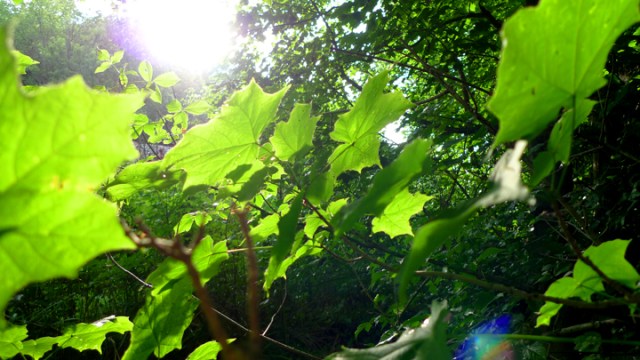Did the sun really have an evil twin responsible for the death of the dinosaurs?

Astronomers studying stars find that all of the ones like our sun were born twins. So where’s our sun’s twin? Some scientists think it had one long ago, which they named Nemesis. There’s even speculation that it might’ve killed off the dinosaurs.
Star systems containing two and even three stars are plentiful in our galaxy. In fact, the nearest system to ours, Alpha Centauri, is a three star system. For years, scientists have wondered about the abundance of binary star systems. Are the stars born together or does the gravity of one pull in another sometime after birth? The born together theory has been more popular among astronomers.
So what happened to Nemesis? If there was one, researchers believe it broke free and shot off into the Milky Way, vanishing into obscurity billions of years ago. Two astronomers recently changed how we view the birth of stars, including our own sun’s, by studying a region of the Perseus molecular cloud.
This is an egg-shaped dust cloud 600 light years away. It’s essentially a nursery for stars. We now know that stars born in the dense centers of such clouds are always born binary.

Stars are born in the dense hearts of dust clouds. NASA Jet Propulsion Lab. Caltech.
Researchers gathered data through radio and visual observations. The radio observations were made at the Very Large Array in New Mexico, while the visual ones took place at the James Clerk Maxwell Telescope in Hawaii. Astronomers observed 55 young stars in 24 systems. All of them were multi-star systems, most of them binary.
They also studied 45 single star systems. Steven Stahler is a research astronomer at UC, Berkeley. He’s the co-author on this study. “The key here is that no one looked before in a systematic way at the relation of real young stars to the clouds that spawn them,” Stahler said.
Sarah Sadavoy, of the Smithsonian Astrophysical Observatory, was the lead author. What she and Stahler discovered was that wide binary systems, where the stars were separated by at least 500 astronomical units (AU), were by far the youngest. 500 AU is quite long, about 17 times the distance from our sun to Neptune. Older binary systems are usually closer together, a mere 200 AU apart.
What Sadavoy and Stahler discovered was that binary stars, in the course of their development, either spin off from one another or shrink into a true binary. After running a series of computer simulations and mathematical models, the only results that fit with the data was, stars like our sun are always born binary. Within a million years, they either become part of the same system, or break apart to form their own.
Around 60% of binary systems eventually separate, the duo found. This isn’t the first time the idea of our sun having a twin has popped up. The theory’s been around for decades. But these two astronomers came at in a different way.

In most binary star systems, the stars first move far apart. Getty Images.
If Nemesis were true, its gravitational pull would intermittently interrupt the path of asteroids, sending them careening off toward Earth. Some speculate that such an interruption could have caused the cataclysm that wiped out the dinosaurs. Earth has a nasty habit of having extinction events every 27 million years. Could Nemesis be involved? The theory is mere speculation. We simply have no evidence to go on.
There’s no sign of Nemesis ever existing, currently. What if our sun was born out of some sort of anomaly we aren’t aware of? If Nemesis was ejected from our solar system, we would’ve found it by now. Most astronomers think that if the sun did have a twin, it probably fused with another star a long time ago, somewhere else in the Milky Way.
Sadavoy and Stahler also caution that these observations in the Perseus dust cloud should also be corroborated with observations in others as well. Also, astrophysicists must work toward understanding the physics behind star formation and a star’s early development. What we see is a little circumstantial evidence, adding a tad more weight to the idea that our sun had a twin.
The study will soon be published in the journal Monthly Notices of the Royal Astronomical Society.
To learn more about the sun’s evil twin, click here:




